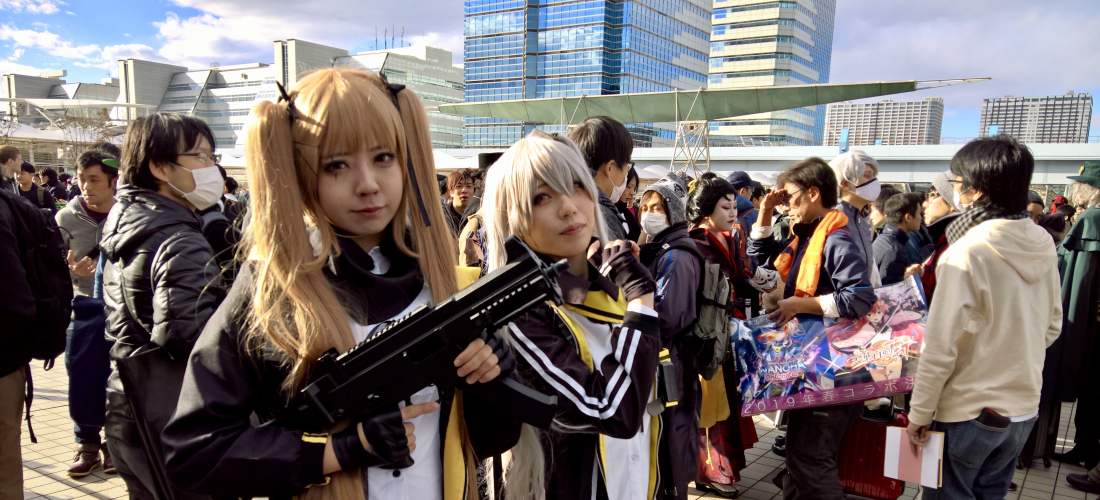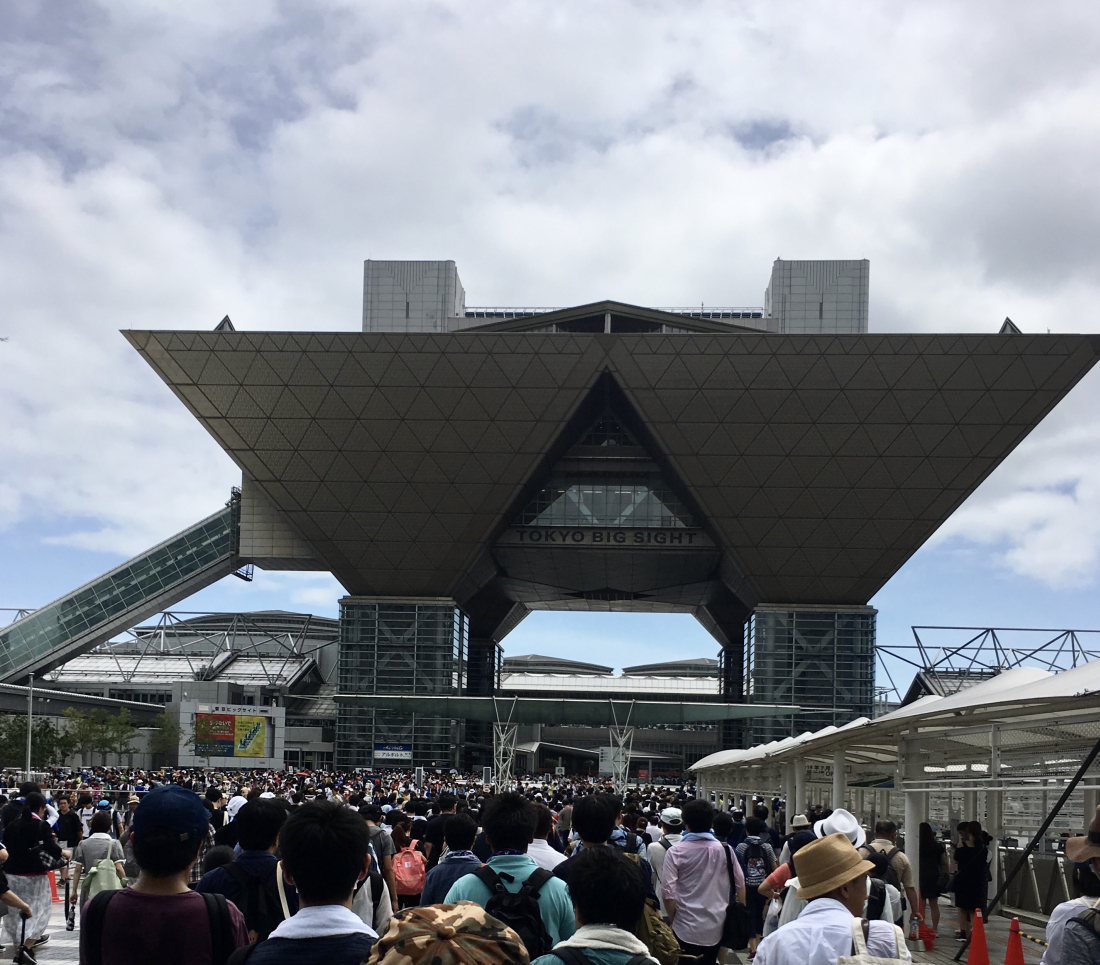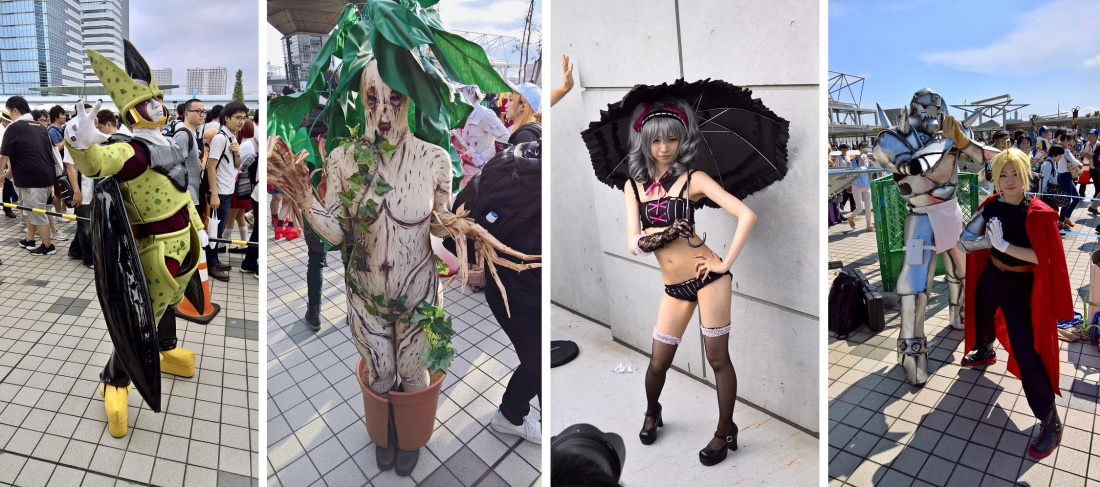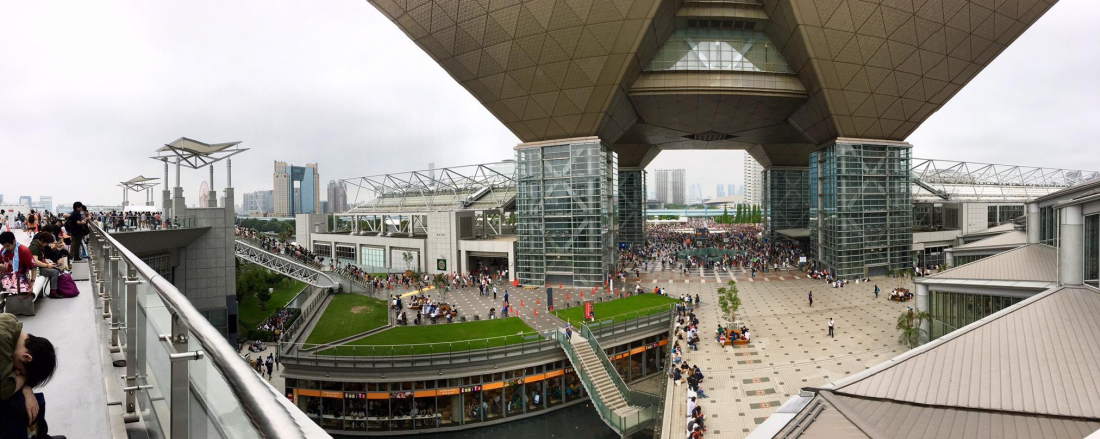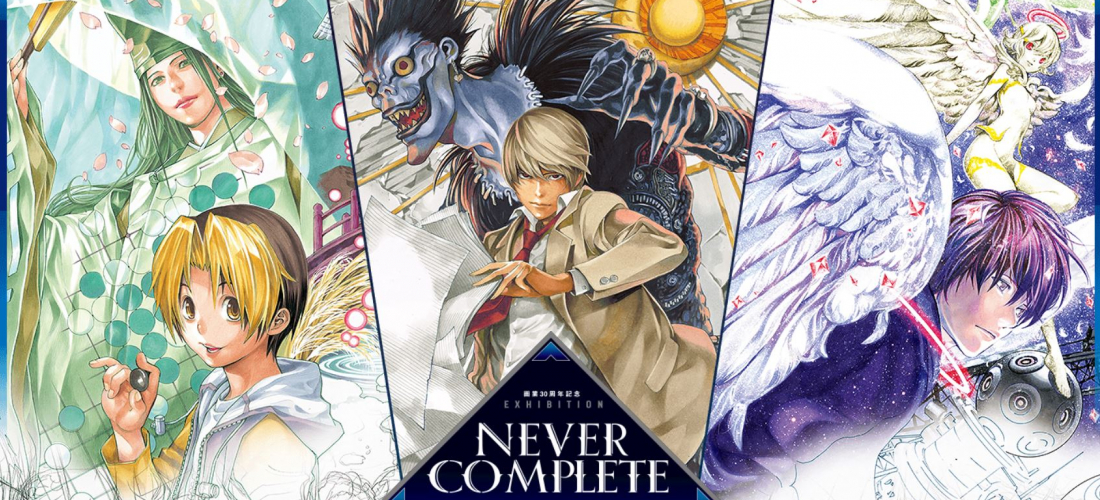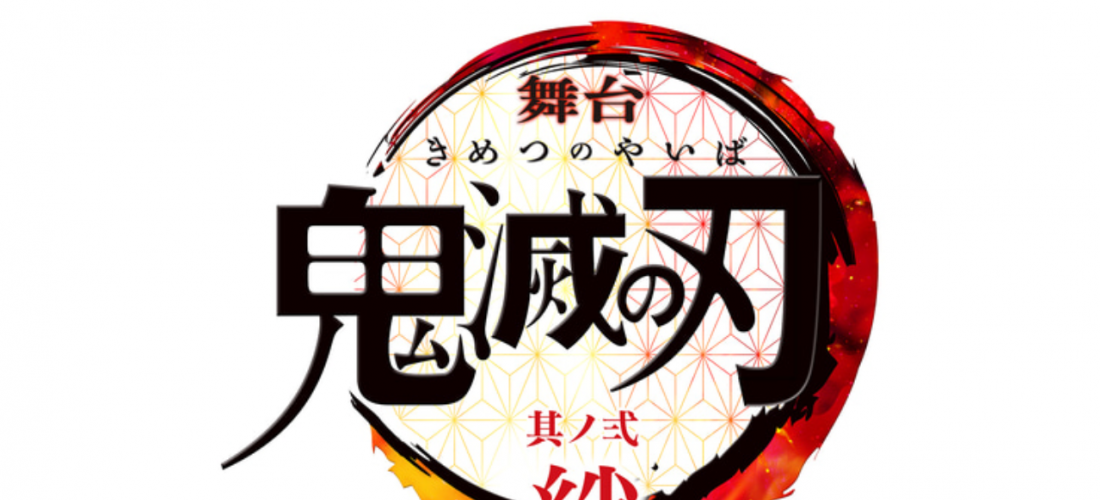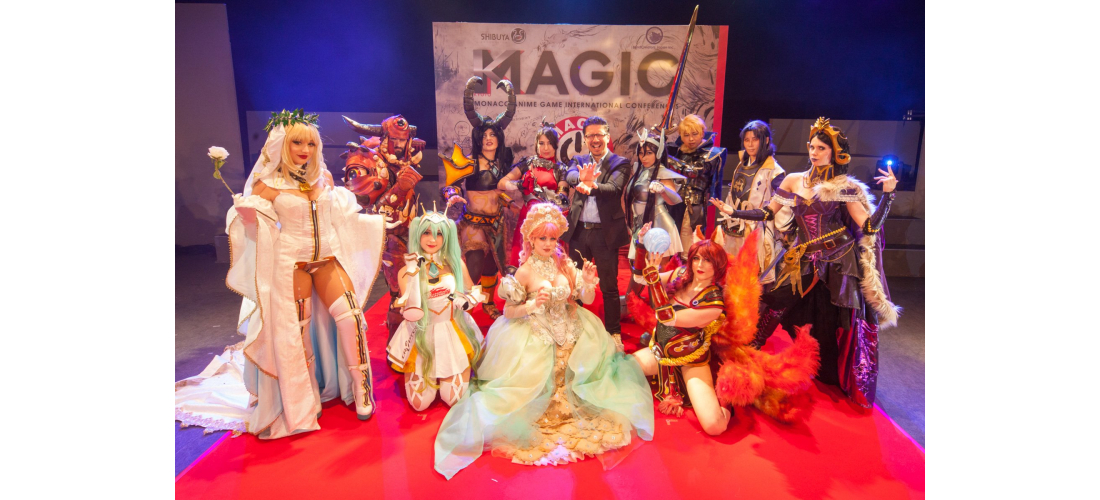CONTENTS
Comiket, AKA Comic Market, is one of Japan’s biggest events surrounding otaku culture – a twice-yearly (summer and winter) convention at Tokyo Big Sight featuring amateur doujinshi manga artists, big names in anime and video games, some of Japan’s most famous cosplayers, and crowds of adoring Japanese pop culture fans! Whether you’re gearing up and buying tickets for Comiket 99 (Winter 2020), or just want to know what Comic Market is all about, read on for all the info you crave.
What is Comiket? (Or is it Comic Market?)
✴ Comiket 98, Summer 2020 has unfortunately been canceled due to the spread of COVID-19 (coronavirus). Preparations for Comiket 99, Winter 2020, are still in progress. The December event may also be canceled, however, as organizers assess the situation closer to the date. For the most up-to-date information on cancelations, check the top of the page on the Japanese version of the Comiket website, found here. The English version is very rarely updated. ✴
Now one of Japan's biggest comic-related events, Comic Market (often nicknamed Comiket/コミケット or even Comike/コミケ) started with just a few hundred attendees in 1975. These days, the convention is a gathering place for doujinshi manga artists, cosplayers, major publishing companies, anime and game creators, and almost 600,000 Japanese pop culture lovers of all stripes, over a 4-day span.
Comiket is now a huge bi-annual event taking place every summer and winter at Tokyo Big Sight, a major Tokyo convention center. It's the biggest event of its kind in the world! You might hear about how intense an experience it can be, but if you're interested in seeing fan-created manga based around every theme you've ever dreamed of, booths from major companies featuring the latest in anime and video games, and Japan's most talented cosplayers, we can't help but recommend a visit! Just be prepared!
What You’ll Find at the Market
Comiket runs from 10:00 to 16:00 each day, and is broken up into three main areas: ① the biggest area and the one that started it all – the fan-made doujinshi halls, where "circles" (groups of creators) set up individual booths, ② an area exhibits from big companies in the manga, anime, and game industries, and ③ a place for cosplayers to show off their latest cosplay.
Fan-Made Comics (and Fan-Made Everything Else)
What are doujinshi (同人誌)? To put it simply, a doujinshi is any publication made by fans, a la fanzines. A fan-centered event, Comiket has been all about fan-made amateur manga from the start. Doujinshi can be based on another manga (many internet-users' first introduction to doujinshi might be stumbling upon steamy fanfiction featuring, say, Naruto and Sasuke), but doujinshi can also be created with totally original content.
Corporate Booths
Cosplay
How to Get Ready, and Get to Comiket
Access
How & What to Prepare
Step 1: Pick up a catalog if you're in Japan, or check the one online, here.
This catalog only comes in Japanese, but if you're a fan on a mission, you'll want to use it to the best of your ability. It comes in hard copies which you can pick up from manga shops around Japan (they throw a list up on the website ahead of time), or a web edition that you can access by just registering for free. The contents include a guide to every single circle (group of creators) that will be present at the market, and floor maps to help you find them. If you know what you're looking for, check ahead of time!
Step 2: Get your wristband (buy a Comiket ticket).
Most Comiket pros will buy their Comiket tickets (they come as wristbands) in advance, along with the catalog, when you can get a whole 4-day bundle ticket for 2,750 yen, or single-day tickets for 550 yen. If you don't buy a ticket until the day-of, you can get them for 1,000 yen at Tokyo Big Sight each day, but we wouldn't advise it. Lines get long, and you wouldn't want to miss out on precious shopping time waiting to even enter! On the other hand, since crowds tend to peak in the morning, if you decide to drop in to see what's going on in the middle of the afternoon, you might not even be checked for a wristband.
Step 3: Decide which day or days are right for you.
Did you know that the booths and circles present vary by day? The four days of Comiket generally offer different types of creators, so check the catalog and figure out which days look most like what you're interested in. Make sure you don't miss what you want to see most!
Step 4: Bring the right things.
Are you going to Winter Comiket or Summer Comiket? This is actually pretty important, because you're likely to spend some time waiting outside before you make it into the convention halls. Don't freeze to death in winter, but even more importantly, don't be one of the many people who faint with heatstroke and dehydration every summer!! If it's hot outside, it'll be hot in line and still pretty warm inside the building. Bring water, a towel to dry your sweaty face off (yes really), and a portable fan if you can! There are food court areas, vending machines, and convenience stores on the grounds, so you can buy drinks if you run out, but it's easiest to bring your own to stay hydrated.
If you're planning on buying lots of manga, bring plenty of cash in small bills, and something to carry the day's haul! Not all sellers provide bags, and many of them only accept cash.
Step 5: Figure out when to arrive.
Again – think about why you're going. If you just want to appreciate the novelty of the huge event, you can show up later in the day. If there's something in particular you want to buy, especially a popular limited-edition something, get there early. Take the first train if you can. Lines get long, and things sell out fast!
In the end, if you get to Comiket and end up lost and confused, don't worry! There are tables of volunteers set up throughout the halls of the convention center, and these days you'll even find English-speaking volunteers, there to help you find your way!
Finally, Don’t Forget to Enjoy Yourself!
Details
NAME:Comic Market
MAP
ACCESS:Tokyo Big Sight Station / Kokusai-Tenjijo Station
PROFILE
Follow us @Japankuru on Facebook, Instagram, and Twitter!
COMMENT
FEATURED MEDIA
VIEW MORE
Narita Airport Tax-Free Shopping List 나리타공항 면세점 쇼핑 리스트 #pr #calbee #jagapokkuru #japanesesnacks #japanesefood #japanesesouvenir #japantravel #japantrip #naritaairport #hokkaido #나리타국제공항 #나리타공항면세점 #나리타공항면세점과자 #일본공항면세점 #일본기념품쇼핑리스트추천 #공항면세점쇼핑리스트 #일본과자추천 #면세점일본과자 #일본기념품추천 #일본과자 #자가폿쿠루 #일본간식 #일본과자쇼핑 #일본면세점필수템 #일본기념품쇼핑

Asakusa's Sanja Matsuri, one of the biggest festivals in all of Tokyo, is almost here! Make sure you check out the festival route so you don't miss all the festivities this May. #asakusa #sanjafestival #sanjamatsuri #asakusashrine #sensoji #sensojitemple #japanesefestival #shintoshrine #japaneseculture #tokyo #tokyotrip #tokyotravel #asakusasightseeing #matsuri #japantrip #japantravel #springinjapan #tokyotravel #japankuru #산자마츠리 #아사쿠사 #일본마츠리 #일본여행 #일본5월

Odaiba's DiverCity Tokyo Plaza is home to the famous real-size 20m-tall Unicorn Gundam, and the popular shopping center has even more Gundam on the inside! Check out the Gundam Base Tokyo on the 7th floor for shelves upon shelves of Gunpla, and the Gundam Base Tokyo Annex on the 2nd floor for cool anime merchandise. Both shops have tons of limited-edition items! #pr #odaiba #tokyo #tokyotrip #japantrip #japantravel #PR #divercity #divercitytokyoplaza #tokyoshopping #gundam #unicorngundam #gundambasetokyo #anime #otaku #gunpla #japankuru #오다이바 #다이바시티도쿄 #오다이바건담 #건담 #일본건담 #건프라 #건담베이스도쿄

Evangelion, in miniature!? Tokyo's SMALL WORLDS Miniature Museum is actually a must-see for anime lovers, thanks to the tiny Evangelion Hangar and Tokyo-III... plus a whole universe of other scenes both real and fictional. #smallworlds #smallworldstokyo #tokyotrip #tokyotravel #evangelion #eva #anime #miniature #miniatures #animefigure #japantrip #japantravel #에반게리온 #스몰월드 #에반겔리온 #スモールワールズ #오다이바 #아리아케

Have you sat down for a snack at Sumida Aquarium yet? This aquarium next to Tokyo Skytree is known for its penguins and garden eels, but we can't get enough of their cute snacks! There are lots of good seats around the aquarium, too, so it almost feels like one big cafe. 🐧 • Find out more at Japankuru.com! (Link in bio.) • #japankuru #sumidaaquarium #skytree #tokyoskytree #solamachi #sumida #tokyo #tokyotrip #tokyotravel #aquarium #japanesesweets #themecafe #すみだ水族館 #Japan #日本 #일본 #Japon #ญี่ปุ่น #Japão #япония #japantravel #日本旅行 #日本旅遊 #japan_of_insta #japantrip #traveljapan #japan🇯🇵 #igerstokyo #explorejapan

For anime fans, the Evangelion areas at Small Worlds Miniature Museum are a must see! The tiny miniature people in the Evangelion Hangar look like ants beneath the moving Unit-01, Unit-00, and Unit-02! And over in Tokyo-III, characters like Shinji, Rei, and Katsuragi live life on a miniature scale. #odaiba #tokyo #tokyotrip #japantrip #japantravel #ariake #smallworlds #miniaturemuseum #smallworldstokyo #tokyotravel #evangelion #eva #anime #miniature #miniatures #animefigure #japankuru #스몰월드 #에반게리온 #오다이바 #오다이바관광 #오다이바스몰월드 #미니어쳐

